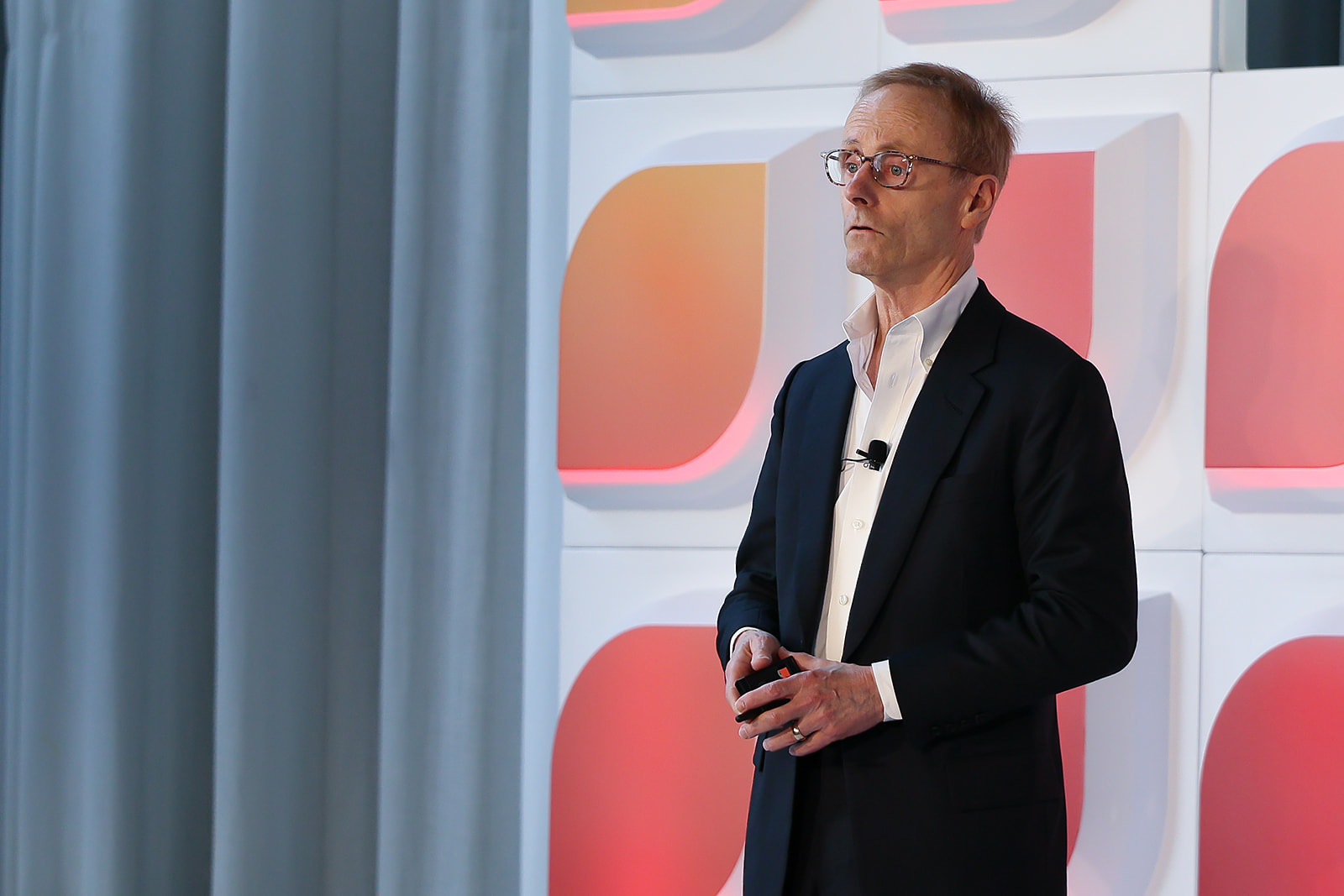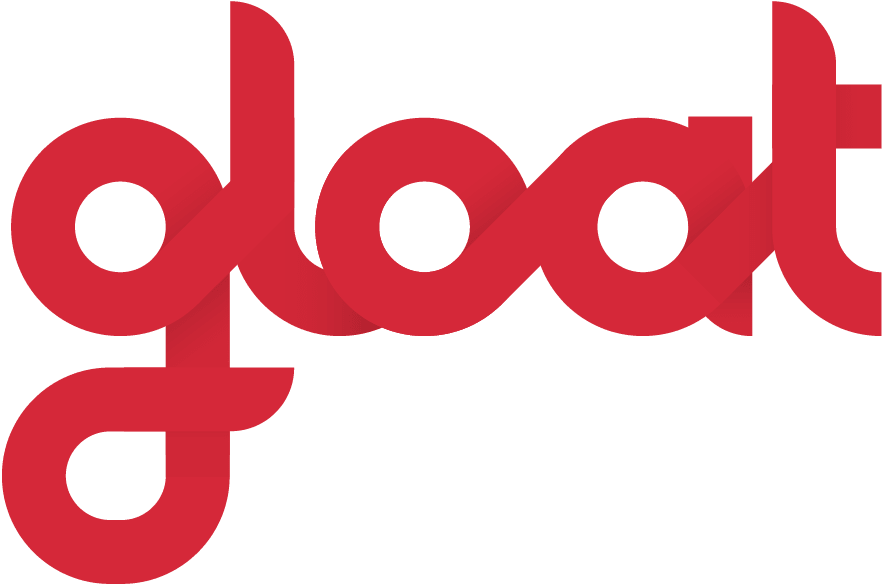From internal job boards to dynamic work: our top takeaways from Josh Bersin’s latest keynote
HR’s favorite industry analyst shares key findings from his Superworker research

The working world has changed a lot in recent years—but our most seismic shift lies ahead. Automation and AI are no longer theoretical tools that can potentially transform work; instead, they’re quickly becoming part of the fabric of our day to day existence. So much so that Josh Bersin believes 2025 will be a year dedicated to reinventing businesses around AI.
During his much-anticipated Gloat Live keynote, he shared key findings from his Superworker research in front of a live audience for the first time ever. He emphasized that our trillion dollar AI-based re-engineering opportunity isn’t so much about technology as it is about people and devising new ways to orchestrate work in a world of highly intelligent systems.
HR will find themselves at the helm of this reinvention challenge. Executives have the opportunity to turn employees into what Josh Bersin refers to as Superworkers, or individuals who use AI to dramatically enhance their productivity, performance, and creativity. He showcased how to make this transformation a reality during Gloat Live—and now we’re sharing the top takeaways so that you can turn your organization into a Superworker Company.
Redesigning work for the AI age: what HR leaders need to know
HR leaders will play a crucial role in determining how their companies use AI—and in turn have the potential to help their workforce transform into Superworkers. Josh Bersin shared key insights to guide this transformation during Gloat Live, including the following important takeaways:
#1. CEOs are excited to embrace AI—but most aren’t moving fast enough
According to PwC research shared at Gloat Live, 92% of CEOs are investing in Gen AI heavily with hopes of increasing revenue, not just reducing costs. But while enthusiasm for AI is widespread, many executives haven’t created the frameworks needed to embrace these new ways of working.
“CEOs are excited about AI. They want to transform their companies. They believe it will reduce their need to hire people, and they are not getting there fast enough,” Bersin explains. “And if you ask them why, it wasn’t because we’re not implementing enough tools. It’s not because the IT department is behind. It’s not because we don’t have the technology. It’s because the operating model of the company isn’t working.”
#2. Prioritizing Superworkers is the operating model reset organizations need

The way work is organized and managed holds businesses back from embracing AI at scale. But companies have been functioning under similar hierarchies and organizational structures for decades. So how can leaders make the shift that will set their people up for success in the AI age?
Instead of solely attempting to cost cut and conserve resources, Bersin encourages leaders to prioritize innovation and equip their workforces with the tools and pathways needed to transform into Superworkers. “The most successful companies in every industry are always driven by ideas, by people, not by machines. You can automate away all sorts of costs but all you’ve done is equal everyone else in your market. It’s your new ideas, your new innovations, your new customer relationships, your customer intimacy, understanding who you are as a business that makes companies successful,” he explains.
#3. It’s time to trade Industrial Era-siloes for mobility and flattened hierarchies
Bersin is also quick to point out that the labor market itself has fundamentally changed. Gone are the days when every employee serves as a replaceable cog in their corporation’s machinery. Instead, leaders must recognize that each of their employees has the potential to contribute exponential value to their organizations—as long as they’re set up for success. Technology enables each of us to not only be more productive, but also to put our skills to use across a broader range of projects, in turn fueling more dynamic ways of working.
These heightened levels of mobility offer big pay-offs for your people and your business, as Bersin explains. “If you can move people around, if you can do a better job in mobility, if you can do a better job of flattening your organization, it isn’t just good for people to make them feel better about their jobs. Your company will perform at a higher rate… Operating in a dynamic way isn’t just a fad, it’s a very important business advantage.”
#4. As work changes, technology is evolving to support new levels of dynamism

New ways of working require new types of systems to underpin them. For a long time, the only tool most companies had to fuel mobility was an internal job board. A company’s Applicant Tracking System (ATS) guided employers through external hiring processes while job boards showed full-time openings available to existing employees internally. The first shift came with the rise of the talent marketplace, as Bersin explains. “Then along came Gloat, I think Gloat really pioneered…these systems where you could see all the jobs inside the company and the system would recommend roles to you.”
But the evolution didn’t stop there. Soon, the best talent marketplaces began including projects, gigs, and stretch assignments in addition to full-time roles, fueling the pixelation of work and enabling employees to build more skills on the job. “All of a sudden, this thing became not just a job seeking system but a development system, a learning system, a career management system and sure enough Gloat, they introduced a learning system and all of a sudden the learning system picks up and grows and the best way to learn is in the context of work so we don’t need to go to an LXP if I can go to a talent marketplace and learn,” Bersin explains.
Today, he believes that this technology has grown to become nothing short of transformational.
“So this platform that started out as sort of a feature of the ATS, which is really what it was, has become this sort of existential enabling technology for this dynamic superworker organization that you’re building. And that’s what Gloat has been working on.”
Want to catch Josh Bersin’s full keynote address on The Rise of the Superworker? Check out our Gloat Live On-Demand page.





